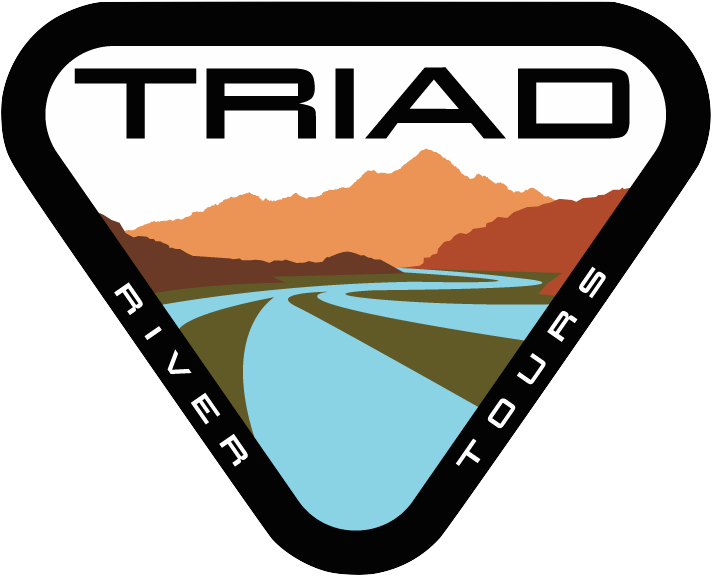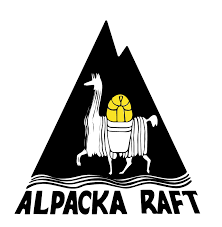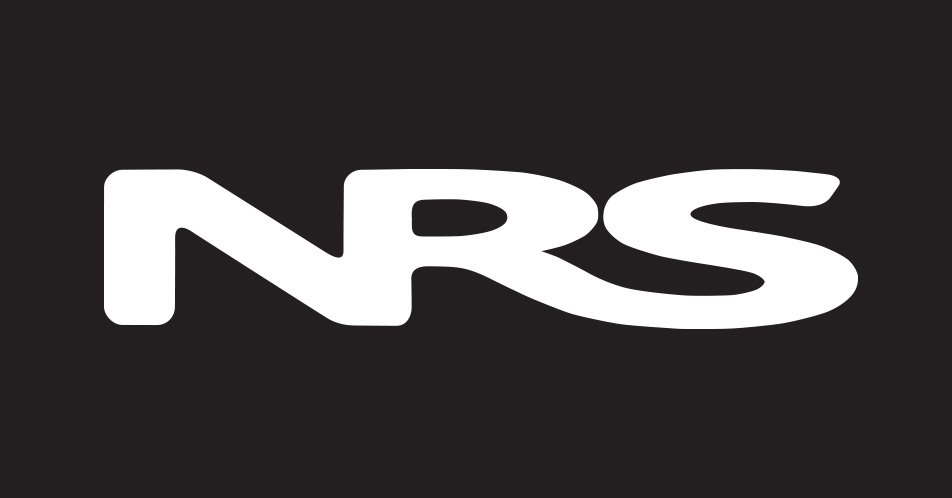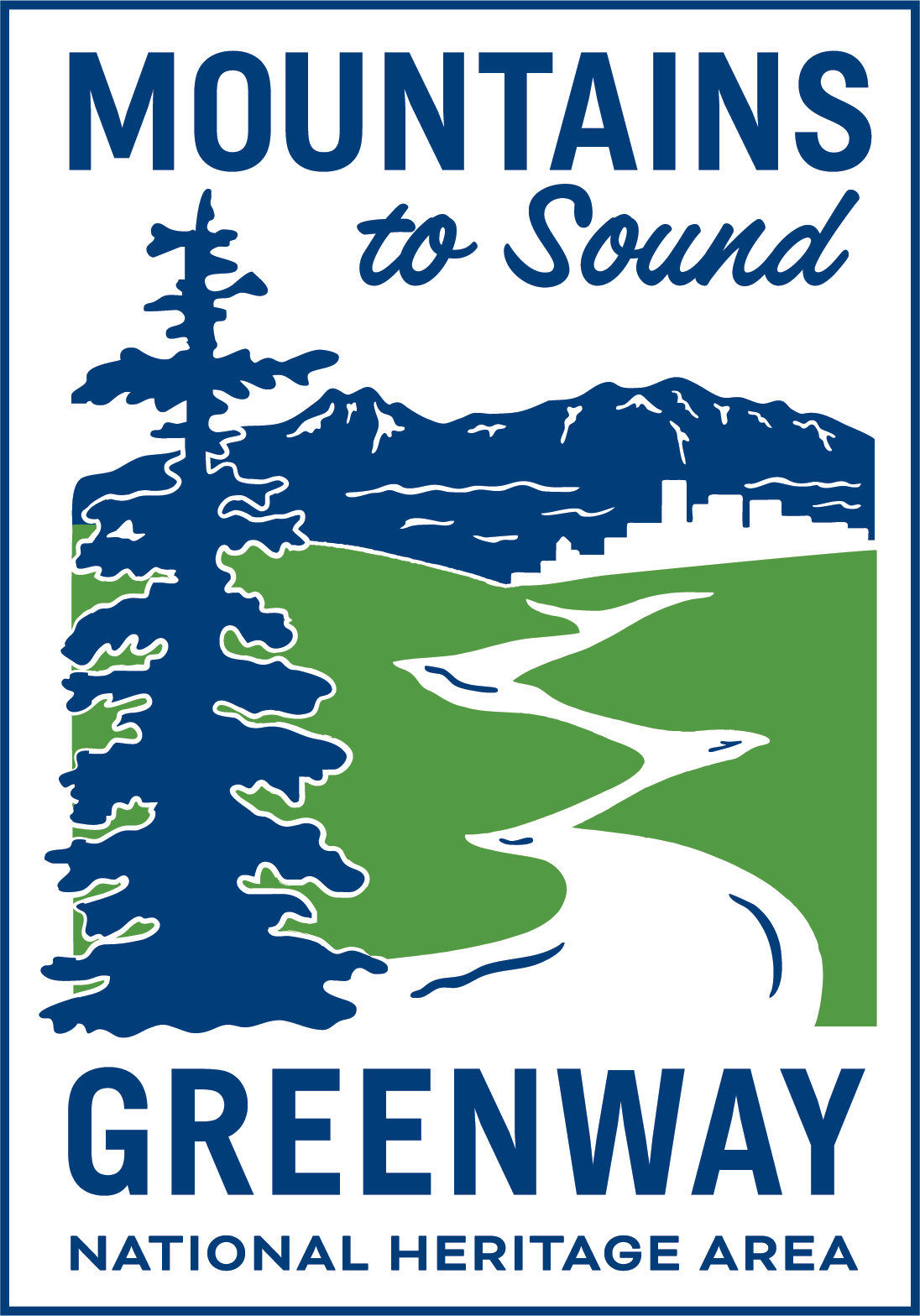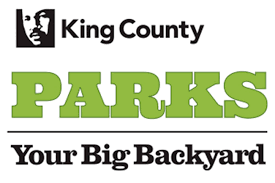Last summer we were able to get our hands on an Aire 130R in Urethane. Aire had designed the Urethane boats for extremely difficult and abrasion prone conditions, which, considering the extra internal bladder, would theoretically make the Aire Urethane boat one of, if not the most abrasion resistant raft on the market. We started using the 130R in early summer of 2014 and had a lot of great experiences on it, in a lot of varying conditions. Overall, a raft is always a "glorified inner tube" but we are always thrilled when a manufacturer can make a step forward to refining and improving the design of our equipment, which makes our jobs easier and our days more fun filled.
Our Sauk River trips are exceptionally hard on rafts for a few reasons. The first is that we have "our" boat launch on Clear Creek. This takeout has been used for decades by boaters and is somewhat infamous for being difficult and turning ankles. Essentially you have to drag your boat up the face of a rock that gives you about a 30 foot sheer granite drag where your rafts floors are being subjected to extreme abuse. Furthermore, we love the Sauk in low water, and when the water gauge (USGS AB White Chuck) starts reading 700 cfs it starts getting pretty bony on the river. This would be a great test for this boat and we feel like we put it through the paces and can give you a nice honest review of its performance and abilities.
Aire 130R | Raft Design
The design of the 130R is absolutely standard issue. This is a design that is very popular here in Washington among both private and commercial whitewater outfitters. The 130R is about 6 1/2 feet wide by just over 13 feet long, very prototypical for that size of rafts. The 130R is to some boaters a smaller boat, but for our short coastal rivers it is actually about average. Several of the outfitting companies use the 130R standard design on the Nooksack, Sauk, Wenatchee, Green, White Salmon, and most notably we've seen a lot of them coming on and off the Skykomish. It's a well trusted design. In fact, one of our lead guides recommended we use the raft, which in turn led to the experiment.
We initially wanted to try the 130R in a standard floor without the ballast floor that typically comes with stock Aire boats, but after a couple conversations with the manufacturer we decided on their recommended ballast floor as an all around boat which we could use in all river conditions. We were initially concerned that the draining of the floor would slow us down on the takeout (remember the one where we have to climb up the side of a rock?), but ultimately the difference was very minimal as far as this goes. It may be valuable to note that we run 3 trips per day, typically, so the extra weight of the boat with a little water in it, coupled with the water draining on some unsuspecting guests, can on occasion create a less than ideal scenario, but for us it wasn't much of an inconvenience and the raft does have some handling characteristics that some guides find valuable due to this design.
Capacity
We rigged up the 130R exclusively as a straight paddle boat. It doesn't have a ton of rocker on it and our stern mounts wouldn't fit correctly on it anyway. It is best used, in our view, as a center mount raft or perhaps a stern with 8 or 8 1/2 foot oars. The straight paddle version makes the boat extremely versatile as a paddle boat. Three thwarts enable us to put 7 guests plus guide, very advantageous as far as economics are concerned. In lower water you could certainly do a two thwart setup with foot cups in the front and run a nice R6 version of the raft. We had an exceptionally high water year on the Sauk River in 2014 so we spent most of the time loading the raft to the maximum. It handled 8 people very well, although as to be expected you rely on momentum rather than mobility at that capacity. We would hit waves square and it would plow its way through just about anything, but without good paddlers the boat would tend to lag a bit with that kind of weight in it; approximate the weight somewhere around 1300lbs.
We use 57" Carlisle paddles (standard) on our whitewater trips, and this was a nice length for our guests. Our guides were typically equipped with 62" guide style paddles; this setup worked well. We leave the bottom "tails" of the white rope, which is used for the lacing of the floor, dangling on the bottom in a tight braid. In a pinch this will work as a flip line (we tried it) as the tails are about 3 1/2 feet long and it's just about enough to get a good sized guide to flip the raft back over. We did have one commercial flip with the raft and the guide used a standard issue nylon webbing 6' flip line on it and the recovery went exceptionally well. Climbing back on to an upside down Aire is one of their good features, as you can slip your fingers inside the webbing on the nose. Watching the GoPro footage of the flip we had in the 130R, the guide climbed right up the side of the raft with little issue. It's a great raft for recovery, and that means a lot to us because we know that flips are inevitable from time to time, especially on technical water like our Sauk River.
Durability
Aire unquestionably makes a durable raft, there is simply no doubt about that. Their standard rafts are made from a PVC material called "Ferrari" and it's commonly referred to as the best in the industry as far as PVC goes. Urethane is a tougher material than PVC by definition; though the definitions for these materials remains necessarily loose; still, we expected the Urethane material to be even tougher than the PVC which we'd experienced before. At the close of the season we saw almost no wear to the Urethane tubes, to speak of, which, to us, validated the claim that was made by Aire that the boat was even more durable than their standard raft, and put it up there with the likes of the Urethane manufacturers as far as basic durability. It's also comforting as a commercial outfitting company to know that you will not have to ever use your pump.
General Impressions
The Aire 130R did not disappoint us in regards to its all around versatility. We feel collectively like this is a great raft for the private boater as it is extraordinarily stable for its size. While the Aire rafts are not the quickest on the market, they make up for it with a predictability and a sense of security provided by the ballast floor. If you've not used a boat like this, it is different and takes some getting used to, but we feel confident in recommending this raft for someone who is thinking of purchasing it sight unseen. There really isn't much that can go wrong with the 130R, it does its job. Our crew has a company Chevy Suburban, its an older 1989 model and has a Chevy 350 small block; the classic engine that used to be in half the production Chevy vehicles that came off the lot. The 350 isn't extraordinary when it comes to performance but it just gets the job done; this is how we feel about the 130R, it's one of those things that if you are not sure what kind of raft to get, it's a very safe bet. You really can't go wrong with choosing this raft, especially when you have a company like Aire backing you up. We have been so impressed with the service that we've seen from Aire, they always answer the phone and are attentive to the needs of their customers. They have a well deserved reputation for outstanding customer service and we found that reputation to be well deserved. We have no doubt that if you ever had an issue with any of their products that they would immediately and without hesitation make good on any of their rafts or other whitewater products, some of which come with 10 year warranties. Aire is a great company that has been making rafts in the USA for a long time; their design is unique and one of a kind and has earned a great deal of respect in the river rafting community over the past few decades. We think that they're a great choice for a raft for a private or commercial outfitter, and would recommend the 130R for someone looking for a raft that can do it all.
Read more:
